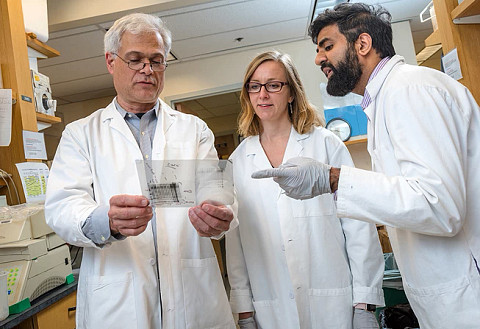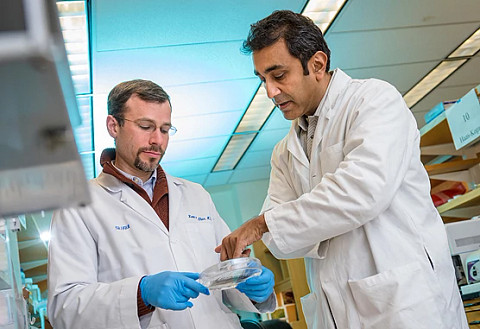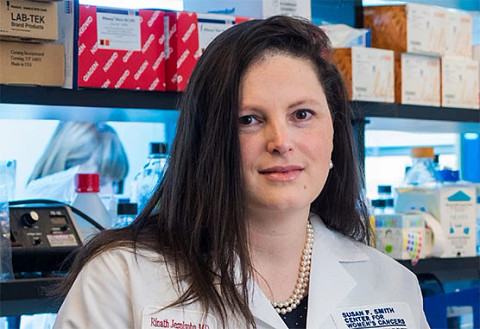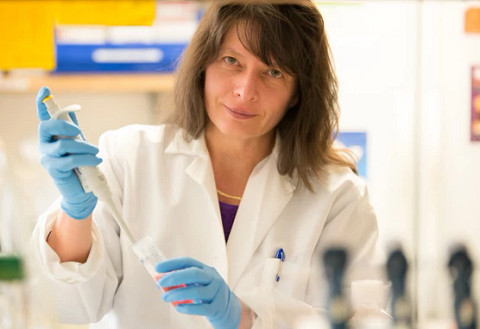About Our Work
At the Susan F. Smith Center for Women’s Cancers, we believe outstanding clinical care is directly linked to an active and integrated program of basic, translational, and clinical research. The Center exemplifies Dana-Farber’s 50-50 balance, unique among cancer centers: an equal dedication to scientific discovery and patient care. Laboratory scientists are inspired by the belief that their efforts might save, or improve, the life of a patient receiving care in the nearby clinics for breast or gynecologic cancer. Similarly, clinicians can easily consult with basic scientists to better understand the molecular mechanisms behind a certain type of cancer or treatment.
Basic Research
Basic cancer research is the study of cells, molecules, or genes, in a laboratory to gain new knowledge about changes that occur during cancer, with the aim of developing new treatments. At Dana-Farber, scientists lead dozens of lab-based studies in breast and gynecologic cancers. Many of them collaborate with colleagues on major initiatives such as immunotherapy and precision medicine. They also confer with experts to build relationships between research and industry.
Our basic scientists are exploring the genetic underpinnings of women’s cancers to find mutations responsible for the disease. They are creating laboratory models to study cancer metastasis and drug resistance, exploring how to exploit DNA repair defects, and developing ways to increase cancer’s susceptibility to the immune system. This work provides the basis for clinical trials testing targeted treatments, combination therapies, and immunotherapies in patients.
Below are a few examples of the ongoing basic research in women’s cancers.



